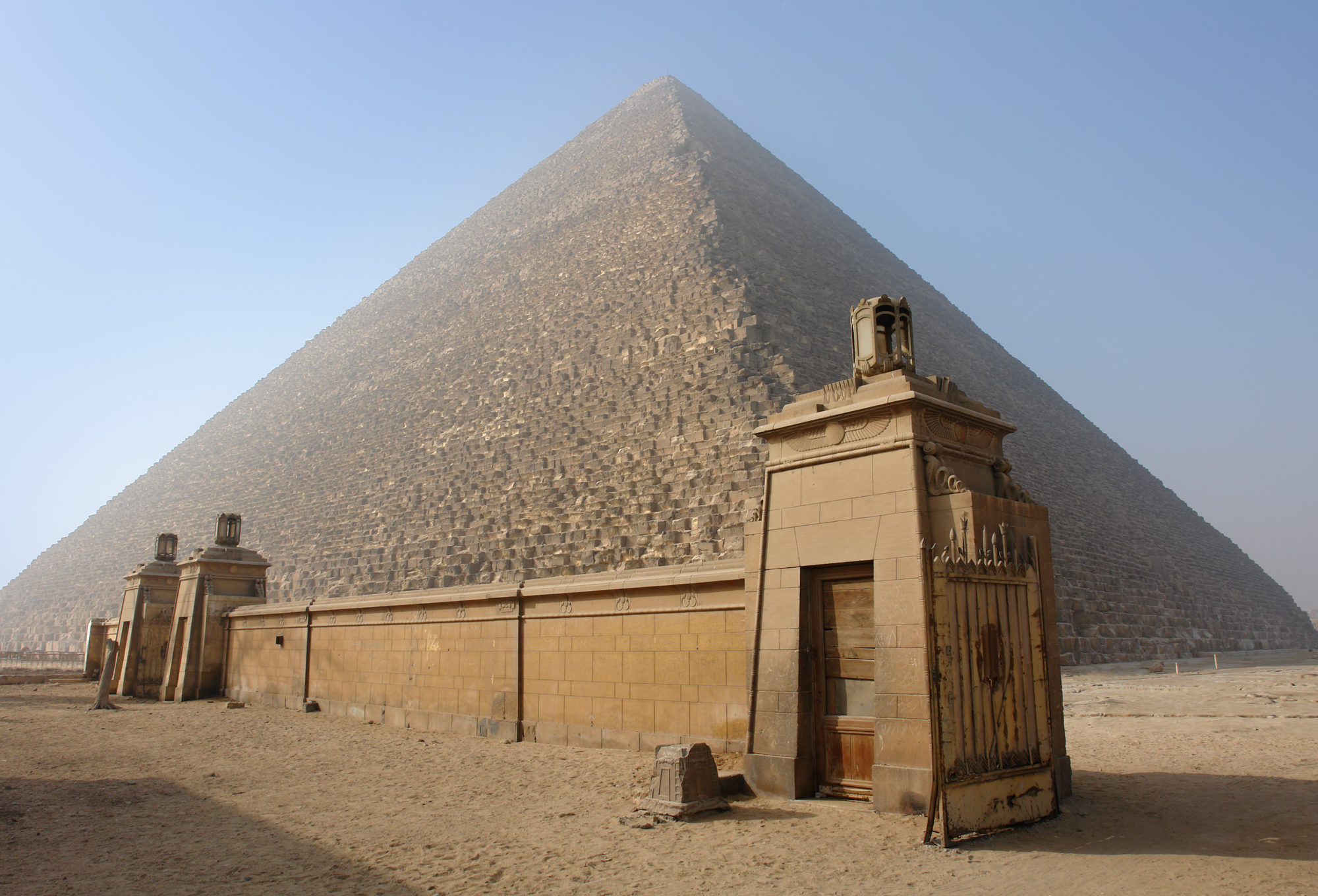3 of the Most Important Pharaohs of Ancient Egypt
Posted on Categories Discover Magazine

For nearly 3,000 years, Egypt was ruled by a procession of pharaohs, starting with the Old Kingdom in 2,700 B.C., then the Middle Kingdom and culminating with the New Kingdom, which lasted until 1070 B.C. For the most part, these were absolute monarchs whose power was considered divine.
Dynasties passed from one ruler to another with infighting and inbreeding a plenty. It was not an easy time to be atop the throne. But a few rulers stood above the rest.
1. Khnum Khufu (2589 B.C. – 2566 B.C.)
(Credit:thrshr/Getty Images)
Khufu was one of the earlier leaders of the Old Kingdom. He’s most known for being responsible for constructing the Great Pyramid of Giza, which was meant for him. The Great Pyramid is the only remaining wonder of this ancient world. But it should be noted that the construction of this great structure was not meant to benefit society as a whole but to house its great king upon his death.
Standing 450 feet tall, it’s the biggest of all the pyramids and was made of 2.3 million limestone blocks. The great pharaoh was likely once housed in a huge granite sarcophagus in what’s known as the “King’s Chamber” of the pyramid, but his mummified remains have never been found.
Beyond this outstanding achievement, which famously towers today, there is only one other known memento left of Khufu: a 3-inch statue of the king found in the ruins of another ancient temple. Still, it’s hard to underestimate the lasting power of the tomb that he left behind.
Read More: Who Built the Egyptian Pyramids?
2. Ramses II (1279 B.C. – 1213 B.C.)
(Credit:MariaJose Blazquez/Shutterstock)
Rameses II, also known as Ramses the Great, was one of the most important kings from the New Kingdom, known for restoring Egypt to its former glory after a period of great turbulence. He ruled Egypt for 67 years and lived into his 90s, later being buried in the Valley of the Kings.
Egypt was in the midst of the Bronze Age, and Ramesses would be responsible for putting up temples and other symbols of his glory throughout the empire. Much of it was built at the temple complex known as Karnak.
Rameses was designated as the future King of Egypt at a young age by his father Seti I. He was made a captain in the army at just 10 years old. His father spent several years molding him to be the great ruler he would one day become.
As a young boy, his military title was largely symbolic, but years later, he would be known for his military exploits. While little is known about his personal life, we do know that his second wife Nefertari was likely his favorite and in his life, he fathered nearly 100 children via his various wives and his harem.
Read More: Was Nefertiti Egypt’s Leading Lady Before King Tut?
3. Thutmose III (1479 B.C. – 1425 B.C.)
(Credit:HitchLens/Shutterstock)
Thutmose III was the nephew of one of the greatest female pharaohs, Hatshepsut. After her death, he took over as the sole ruler and went on to several successful military feats across the region. The Battle of Megiddo is one of his most famous victories, where his men surrounded and starved out the city for 11 months before they surrendered. For this, he gained notoriety throughout the region.
Eventually, Thutmose III would use his military skill to secure the largest empire in Egypt’s history. He conquered over 350 cities, and his soldiers plundered and brought the wealth home to their leader, making Egypt a very wealthy nation. He was also known for inviting his conquered rulers to be schooled at court in Egypt so they would regard their new leader with at least some positivity.
These kings ruled what is still known as one of the most sophisticated civilizations of its time with great buildings, religion, artwork and language that still has us in awe today. While these leaders are shrouded in more mystery than anything else, we know they took their dynasties to the next level through construction, culture and military might.
Read More: 7 Groundbreaking Ancient Civilizations That Influence Us Today